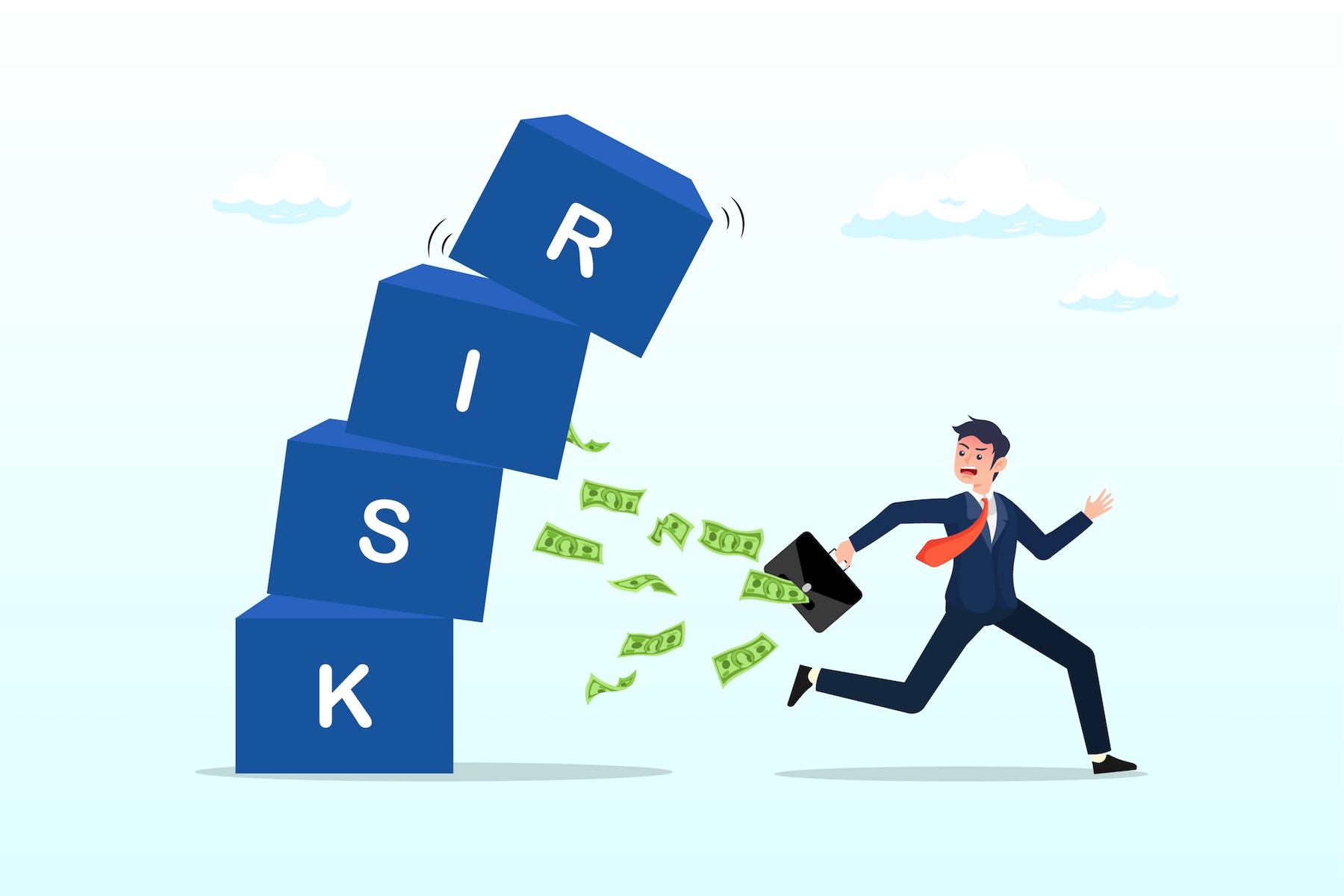WordPress powers over 40% of websites worldwide, making it a top target for hackers. Despite its popularity, many WordPress site owners make simple security mistakes that can lead to devastating consequences, from data breaches to losing their entire site. Luckily, most of these mistakes are avoidable. In this article, we’ll look at the most common WordPress security mistakes and how to avoid them.
1. Weak Passwords
The simplest way to protect your WordPress site is by using strong, unique passwords. Surprisingly, many people still rely on weak passwords like “admin123” or “password.” This is a hacker’s dream come true. A strong password should be at least 12 characters long and include a mix of letters, numbers, and special symbols. Tools like LastPass or Dashlane can generate and store strong passwords, ensuring you never have to remember them.
Additionally, enabling two-factor authentication (2FA) adds an extra layer of security. This requires users to enter a second form of authentication—such as a code sent to their phone—when logging in, making it harder for hackers to gain access.
2. Ignoring WordPress Updates
WordPress, its plugins, and its themes are constantly updated to fix bugs and patch security vulnerabilities. However, many site owners neglect these updates, leaving their sites open to attack. Failing to update WordPress is like leaving the front door of your house wide open.
To avoid this, regularly check for updates or enable automatic updates for plugins and themes. Always test updates in a staging environment first to ensure they don’t conflict with other parts of your site.
3. Using Unverified Plugins and Themes
One of the great things about WordPress is its massive library of plugins and themes. However, not all plugins are created equal. Installing unverified or poorly coded plugins can introduce malware or backdoors into your website. Always download plugins and themes from reputable sources like the WordPress Plugin Directory or premium providers like ThemeForest.
Regularly audit your installed plugins and remove any that are outdated, no longer supported, or unused. Keeping your plugin list lean reduces the chances of a security breach.
4. Not Backing Up Your Website
No matter how secure your website is, things can still go wrong. Whether it’s a hack, server crash, or accidental deletion, having a backup ensures you can restore your site quickly. Use a plugin like UpdraftPlus to schedule regular backups, and store them in multiple locations—such as your server and cloud storage like Google Drive or Dropbox.
5. Skipping Malware Scans
Many site owners don’t realize they’ve been hacked until it’s too late. Regularly scanning your site for malware can catch issues before they become catastrophic. Security plugins like Wordfence or Sucuri offer real-time scanning, monitoring, and alerts if something suspicious happens.
Strengthening Your Site’s Security
By addressing these common security mistakes, you can significantly reduce your website’s vulnerability to attacks. But don’t stop there. A managed hosting provider like Ask the Egghead can take your site’s security to the next level. With built-in security features like automatic updates, daily backups, and malware protection, you can rest easy knowing your site is protected.

